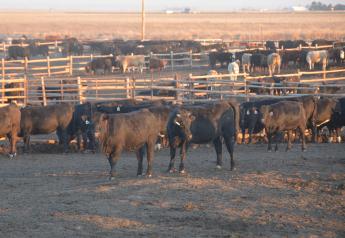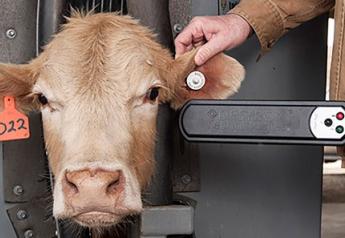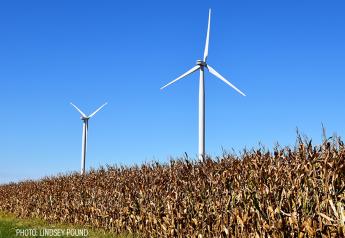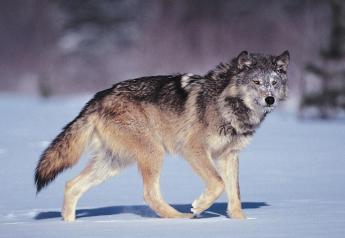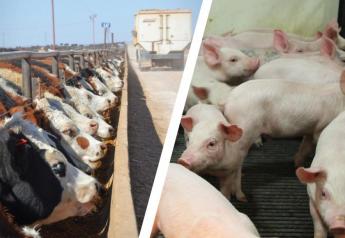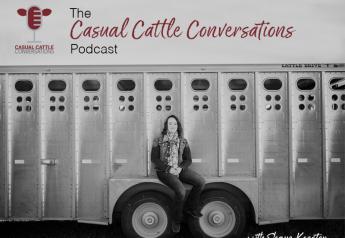Finding Long-term Links Between Weather and Cattle Production

Decades of data kept by U.S. Department of Agriculture (USDA) scientists are providing valuable information about how seasonal weather patterns affect cattle production.
These findings are the result of a series of studies by Agricultural Research Service (ARS) researchers Justin Derner, Justin Reeves and others, and could help cattle producers improve management strategies for dealing with future production challenges associated with global climate change. ARS is USDA's chief intramural scientific research agency, and this work supports the USDA priority of responding to climate change.
In one project, the team determined the effects of seasonal weather variables on cow-calf production in Cheyenne, Wyoming. The cattle production data they used were obtained from records kept from 1975 to 2012 on Herefords and Red Angus crossbreeds.
The scientists found that over the study period, up to two-thirds of the variation in Hereford cattle production could be explained by seasonal weather variations, with wet winters and springs increasing production.
The team also looked at 30 years of data from yearling steers at Cheyenne to determine if seasonal precipitation and temperature affected beef production at light, moderate, and heavy stocking rates. They found that cool, wet springs and warm, wet summers increased beef production at moderate and heavy stocking rates, with no strong weather effects seen for light stocking.
The scientists also used data collected at Mandan, North Dakota, from 1936 to 2005 on yearling Hereford steer production at light and heavy stocking rates both before and after the native rangeland vegetation was invaded by non-native Kentucky bluegrass in the 1980s. Models that the researchers developed with the Mandan data suggested that up to three-fourths of the variation in cattle production could be attributed to seasonal weather conditions. Interestingly, cattle production became more sensitive to seasonal weather fluctuations after the invasive grass arrived.
Derner and Reeves work at the ARS Rangeland Resources Research Unit in Cheyenne. Other ARS scientists who collaborated on the work include Matt Sanderson, Scott Kronberg and specialist John Hendrickson, who work at the Northern Great Plains Research Laboratory in Mandan; and Mark Petersen and Lance Vermeire, who work at the ARS Fort Keogh Livestock and Range Research Laboratory in Miles City, Montana.
These research findings have been published in Rangeland Ecology & Management, Livestock Science, and Agriculture, Ecosystems & Environment.
Read more about this research in the August 2014 issue of Agricultural Research magazine.


